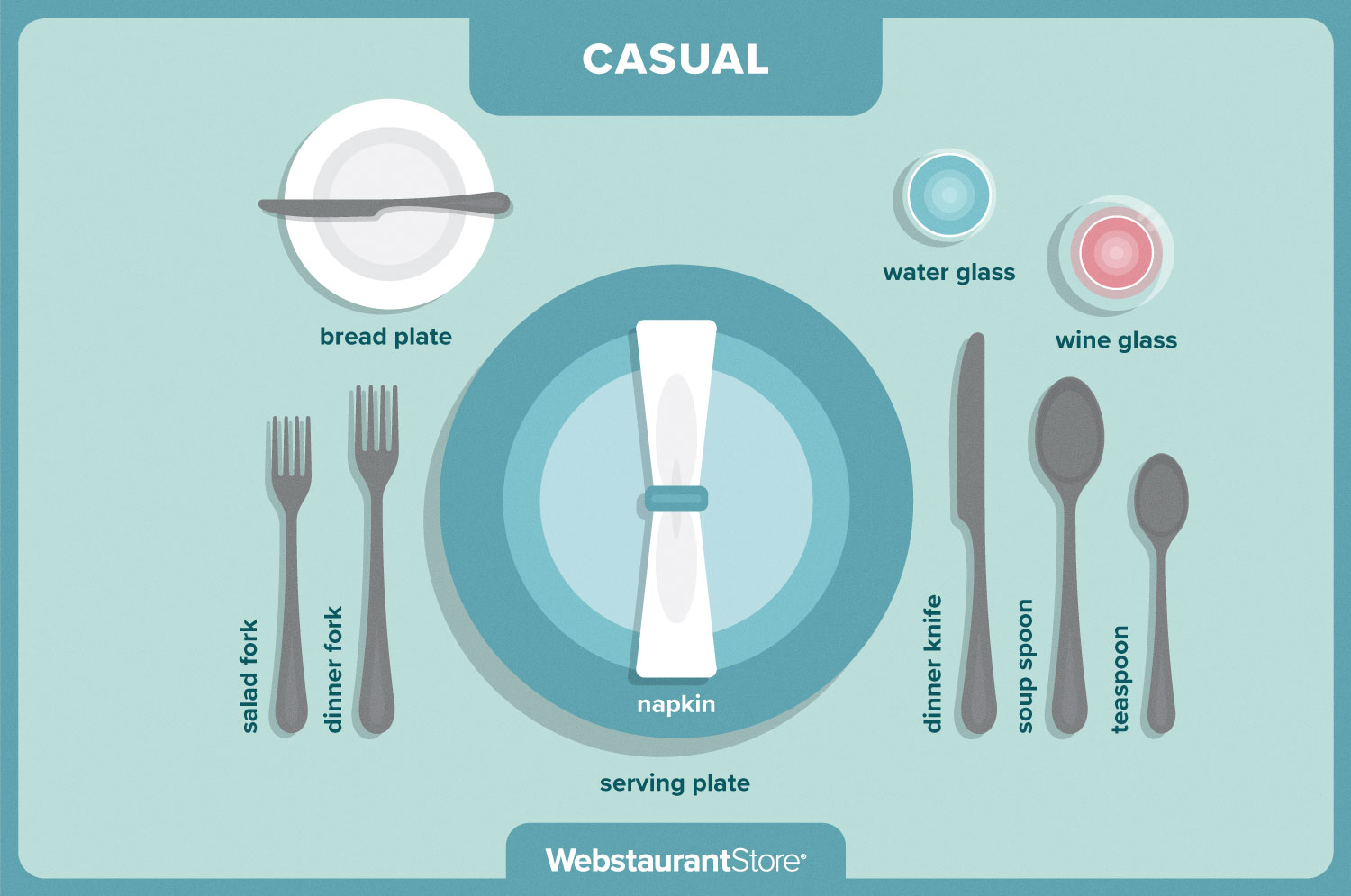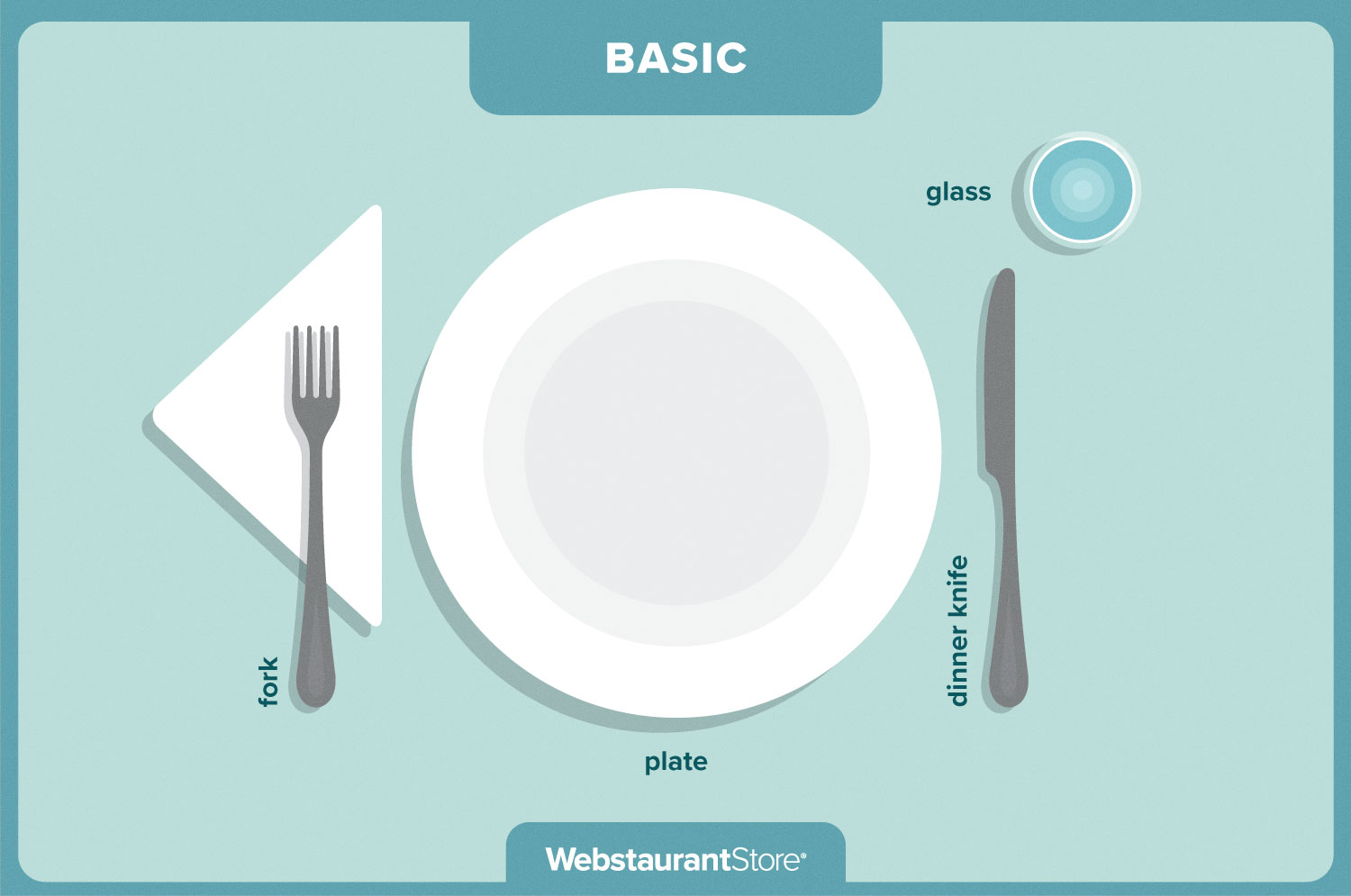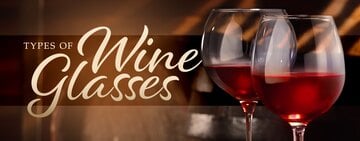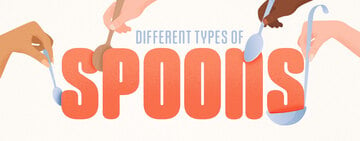Restaurant Table Settings
Restaurant table settings are an essential aspect of creating a welcoming and professional dining experience for customers. From the arrangement of flatware and glassware to the placement of napkins and tablecloths, every detail plays a crucial role in the success of your catering business by setting the tone for a memorable meal. By carefully considering the layout and design of your table settings, you can enhance the overall ambiance of your restaurant or catering hall and leave a lasting impression on your guests.
Shop All Restaurant DinnerwareTypes of Table Settings
The three most common types of table settings are formal, casual, and basic. Each place setting includes utensils and dinnerware pieces that would normally be used with the corresponding style of dining. For instance, a formal table setting will provide more utensils because there are more courses. A basic table setting provides fewer utensils because there is one course. Only provide the types of flatware or glassware that will be used during the meal. If there is no wine being served, you can remove the wine glasses.
Table settings are also useful for establishing the tone at wedding receptions, banquets, and events. Make sure to choose the right tableware for your settings. Formal settings should be set with elegant, high-quality pieces while practical, economical tableware is more suited for basic settings.
Silverware Rule
A general rule for silverware (or flatware) placement is that utensils are placed in the order they are used, from the outside in. For example, the salad fork will be used before the dinner fork, so it should be placed on the outside.
What Side Does the Fork Go On?
Forks always go on the left side of the plate, and knives and spoons are always placed on the right side. If you're providing a dessert spoon and dessert fork, they are placed above the plate.
Table Setting Diagrams
Setting a table for your guests shows attention to detail and an indication that you care about their needs. Use our three table setting diagrams to learn how to set a formal, casual, and basic table.
1. Formal Table Setting
Formal table settings are used at fine dining restaurants, formal events, and black-tie weddings. Designed for a six-course meal including an appetizer, soup, salad, a starch, a protein, and dessert, this setting employs more flatware and glassware than the other settings.

Follow these steps to create a formal dinner table setting:
- Begin by placing an ironed tablecloth on the table.
- A serving plate goes in the center of the place setting. A charger plate can also be used beneath the serving plate.
- A bread plate should be placed to the top left of the serving plate. Place a butter knife on top of the bread plate with the blade facing down, and the handle towards the right.
- Flatware on the left side of the serving plate begins with the salad fork on the outside, and the dinner fork on the inside.
- Flatware on the right side of the serving plate, from the inside out, will consist of a dinner knife, salad knife, soup spoon, and tea spoon.
- All flatware should be evenly spaced, and the bottoms should line up with the bottom of the serving plate.
- The dessert spoon should be placed directly above the serving plate, in horizontal alignment with the handle towards the right.
- Place a water glass above the dinner knife.
- Place the white wine glass below the water glass and slightly to the right.
- Place the red wine glass above the white wine glass and slightly to the right.
- A cup and saucer should be placed above the soup spoon and slightly to the right.
2. Casual Table Setting
Commonly used at banquets and luncheons, this setting is also referred to as an informal table setting. It's a popular choice for wedding table settings and contemporary casual restaurants that want to elevate their dining room decor. This setting is similar to a formal table setting but is designed for three courses instead of six. The flatware provided will be enough for a soup or salad, main course, and dessert.

Follow these steps to create a casual table setting:
- A serving plate should be placed in the middle of the table setting.
- A bread plate should be placed to the top left of the serving plate. Place a butter knife on top of the bread plate with the blade facing down, and the handle towards the right.
- Flatware on the left side of the serving plate begins with the salad fork on the outside, and the dinner fork on the inside.
- Flatware on the right side of the serving plate, from the inside out, will consist of a dinner knife, soup spoon, and tea spoon.
- Place a water glass above the dinner knife.
- Place the wine glass to the right of the water glass.
3. Basic Table Setting
This simple table setting is appropriate for all types of restaurants and casual events. You’ll commonly see it used in diners and family restaurants along with a placemat or a coffee cup. Using a basic table setting makes your guests feel welcome and ensures they have the utensils they need.

Follow these steps to create a basic table setting:
- A serving plate should be placed in the middle of the table setting.
- A napkin is placed to the left of the plate.
- The fork rests on top of the napkin.
- A knife is placed to the right of the plate.
- A water glass or coffee cup is optional, placed above the knife and slightly to the right.
Do You Need to Follow Table Setting Rules?
There are some long-standing rules when it comes to table setting etiquette, especially for formal dinner table settings. Some fine dining restaurants prefer to keep with tradition by following these rules exactly. However, the world of dining has evolved to a place where we can forego traditional expectations for creative license. Our place setting diagrams provide the framework for setting a table properly, but it’s a normal practice for restaurants or caterers to adjust napkin placement or other aesthetic details.
Once you have an understanding of the traditional table setting, you can add your own personal touches. Many restaurants choose not to use place settings and place wrapped flatware at each seat instead. While this is convenient, it doesn't have the same visual effect as a beautifully set table. It's up to you to decide what type of experience you want to create for your guests.








